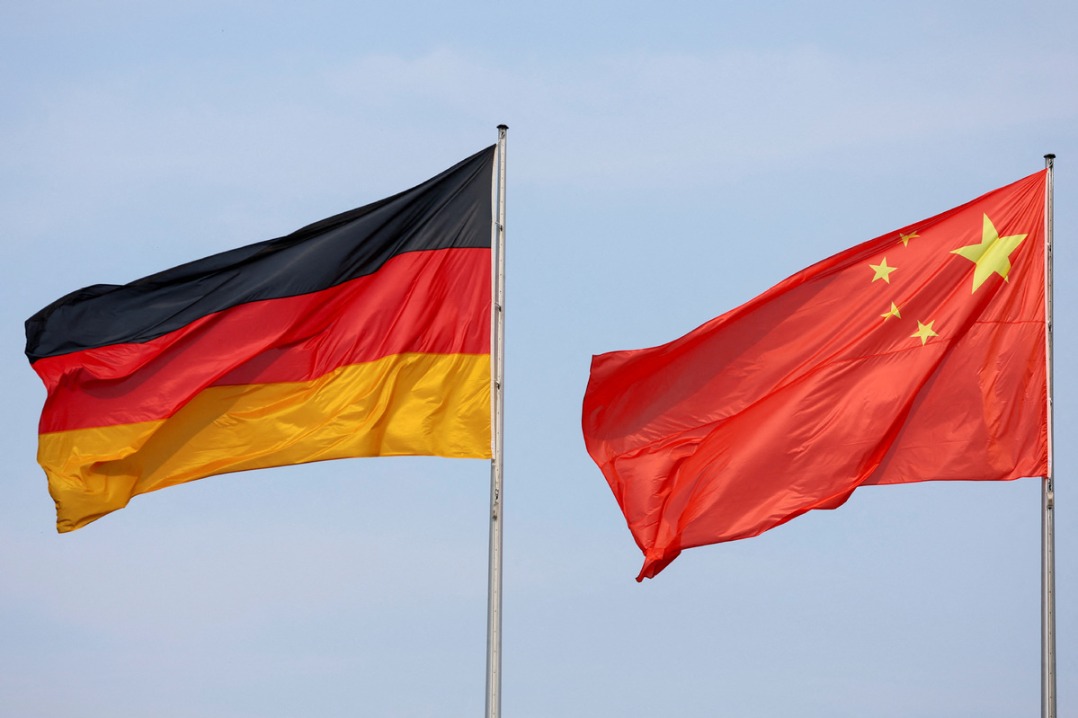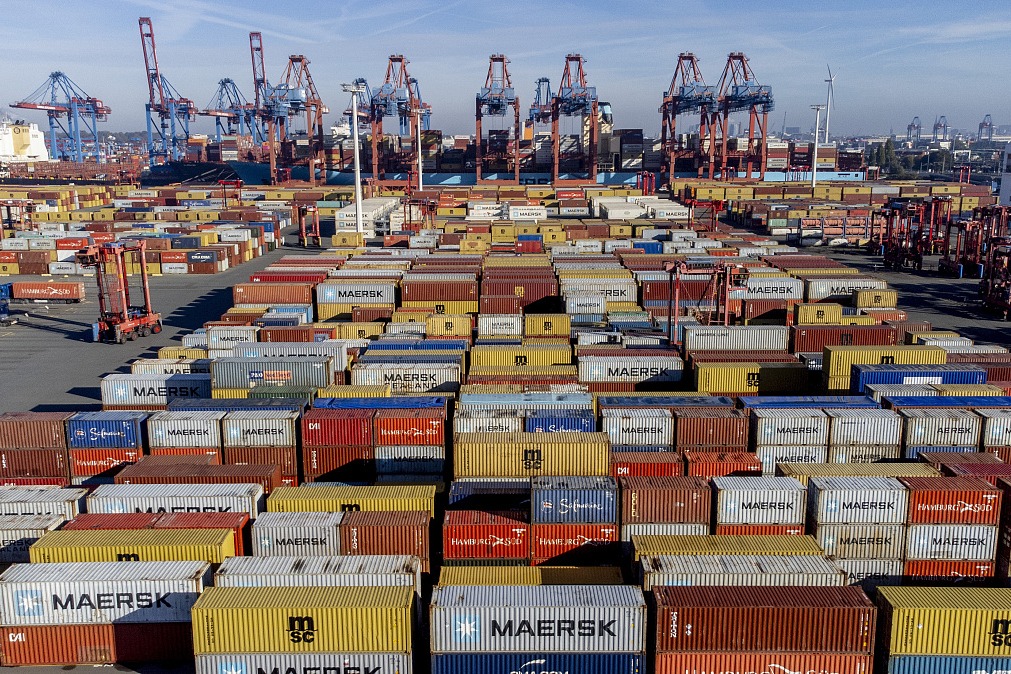China's central bank issues final asset management policy


The target of the new rules is to restrict banks from investing in high-risk and short-term funding vehicles, while preventing unexpected risks arising from tightening, especially for liquidity risk. [Photo/VCG]
China's central bank issued the final version of the tightened asset management regulation on Friday, banning guarantees on investment products' fixed-yield returns and limiting leverage levels to curb potential financial risks.
The new policy will take effect after a transition period by the end of 2020, one and a half years longer than the proposed version, to ensure sufficient preparation for financial institutions and avoid market vulnerability, according to a statement on the website of the People's Bank of China, the central bank.
Compared with the proposal released in November, the fiscal version also eased restrictions on the assessment method of invested financial asset values, allowing some to maintain the previous method on the basis of post-amortization costs, but to encourage using the market value, it said.
The target of the new rules is to restrict banks from investing in high-risk and short-term funding vehicles, while preventing unexpected risks arising from tightening, especially for liquidity risk, said experts.
The regulation has set limits on leveraging based on different investment products' risk levels, after considering market demand and risk tolerance, given the large amount of asset management products outstanding, according to the statement.
"It is a sign that the nation's asset management sector enters a new era, which will lead to healthy development of the bond and stock markets, as well as reduce the banking system's vulnerability in the long term," said a research note from the Bank of Communications.
Asset management products issued by the nation's 250 trillion yuan ($39.4 trillion) banking system, securities brokers, fund companies, trust companies and insurers will all be included in the new regulation, based on a strengthened cross-sector financial regulatory coordination, said the central bank.
By the end of 2017, the outstanding off-balance-sheet wealth management production reached 22.2 trillion yuan in total, a large contributor of the country's "shadow banking" system that is difficult for regulators and investors to monitor, according to PBOC data.
According to the official statement, the regulation also clarified investment limits on illiquid and little-regulated nonstandard credit assets, and restricts maturity mismatching.
The International Monetary Fund updated its Global Financial Stability Report in April saying that China's "reducing risks in the investment product market will require further slowing of credit growth in the near term, which is necessary to ensure financial stability and sustainable growth in the medium term".
The fund, at the same time, has acknowledged that tighter regulations have lowered growth in banks' use of risky short-term funding and in investment products, slowing the buildup of bank vulnerabilities, as the lending by small and medium-sized banks through investment vehicles has slowed.
MOST POPULAR
- 1 Things to know about China Intl Consumer Products Expo 2024
- 2 China tops FDI confidence index of emerging markets
- 3 China specifies steps to improve payment services in tourist attractions
- 4 Low-altitude economy set to take off
- 5 China's immigration service platform receives over 10m calls from home, abroad
Editors' Picks
 Infographic:
A look at China's economy in Q1 of 2024
Infographic:
A look at China's economy in Q1 of 2024
 Infographic:
China to remove foreign ownership restrictions in value-added telecom services in pilot areas
Infographic:
China to remove foreign ownership restrictions in value-added telecom services in pilot areas
 Infographic:
2023 Sino-German investment and trade in numbers
Infographic:
2023 Sino-German investment and trade in numbers
 Infographic:
China-Germany relations in graphic
Infographic:
China-Germany relations in graphic



